Last updated: August 25, 2025
Article
Seals and Us: Ways We can Make a Difference
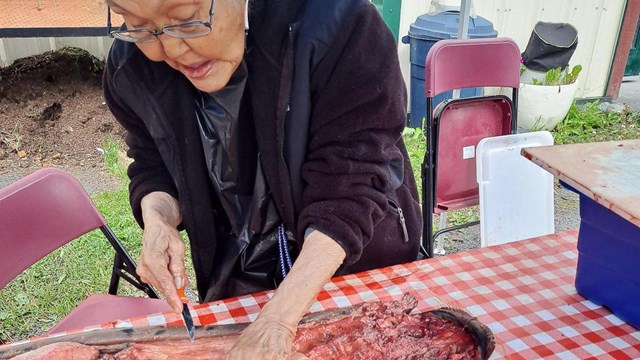
Learn about the connection between Sugpiat and Alaska Natives of southcentral Alaska and the land through the lens of seal subsistence.
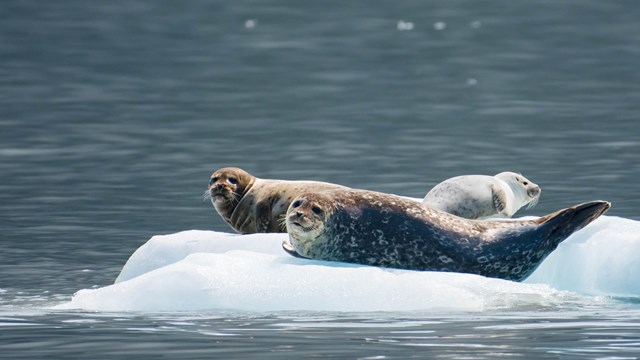
Learn how climate change and ocean issues are impacting seal populations, and in turn regional subsistence activity.
All Things are Connected
Since time immemorial, Sugpiaq People have been living and thriving in relation with the land and sea of southcentral Alaska. Through generations of close environmental observation, Sugpiaq People have grown a deep and personal knowledge of the cycles of the earth, from seasons to tides and weather. Harvesting food from the earth and ocean (a way of life known as subsistence) is particularly important to Sugpiaq physical, cultural, and spiritual health.
In recent times, Elders have shared how they have noticed their home transform due to climate change and our collective human impact. As Port Graham Elder, Walter Meganack Jr. explains, “Nature changes. Man changes. Is it natural? I feel that changes are more pronounced now. Change is happening at a faster pace now than before” (Imam Cimiucia). He goes on to say, “If you think about it long enough, you’ll find that all things are connected. If you are affecting one, you are doing a whole chain reaction.”
Umiaq'gku cillakcak, ikugciqan cacat uy'ullartut. Allinguq cimiqan, nangpia cimirciqut. // If you think about it long enough, you'll find that all things are connected. If you are affecting one, you are doing a whole chain reaction.
Addressing Issues Affecting Seals and Our Ocean Ecosystems
Under the direction of Elders, scientists, and other natural resource experts, various projects are underway, prioritizing understanding and mitigating the impacts of climate change on the southcentral Alaskan ecosystem. With work and motivation, we can start to address our impact and ensure that future generations can continue to thrive in this area.Addressing Marine Debris
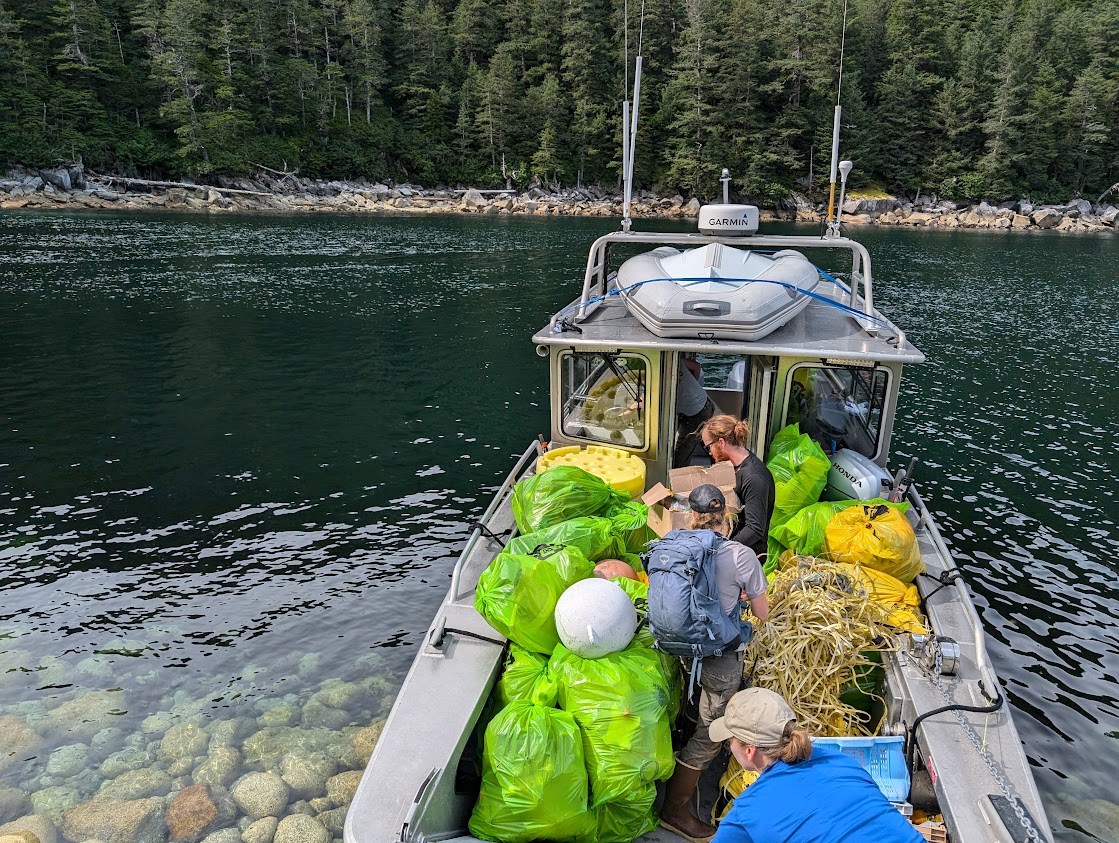
NPS Photo
Efforts to combat marine debris in Alaska are growing across the state, with projects focusing on cleanup, prevention, and education. From the development of bio-based alternatives for single use plastic fishing gear (NOAA), to educational radio programs, local events and school programs, Alaskans are working together to tackle the challenge head on. The National Parks Service, recognizing the heavy traffic in its coastal Alaskan parks, has been conducting marine debris studies at five parks since 2009. Kenai Fjords, in partnership with Resurrection Bay Conservation Alliance, organizes marine debris collection trips at designated “catcher beaches” within the park as well as on Alaska Maritime National Wildlife Refuge lands and several beaches on Port Graham Corporation holdings. As one debris collector puts it, “We’re all in this together. Good stewardship has no jurisdiction” (RBCA). The majority of the debris found during beach cleanups consists of hard plastic, with foam and rope or netting accounting for the rest (Polasek et al.). Studies have shown that debris in the region is mostly carried by winter storms from the Gulf of Alaska, making annual clean-up efforts essential.
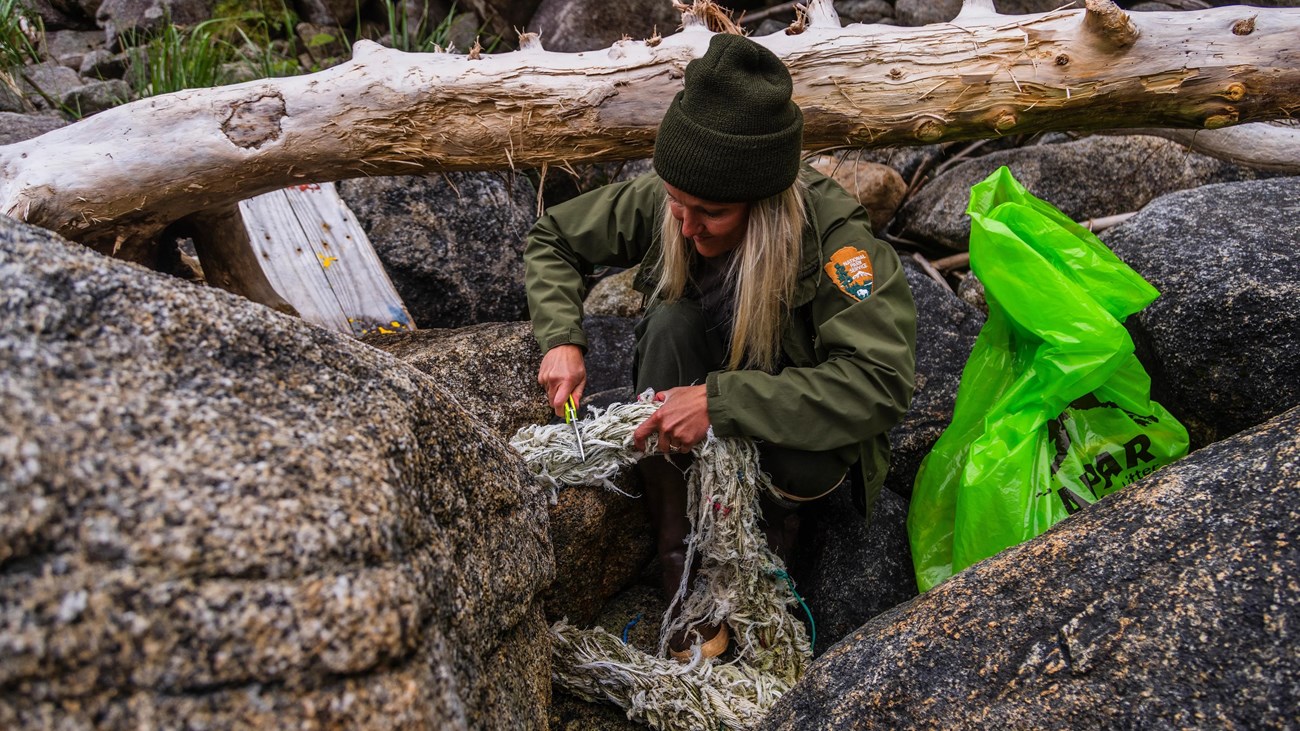
Learn with Ranger Fiona the efforts to address the impact plastics have on the Kenai Fjords shoreline.
Addressing Harmful Algal Blooms
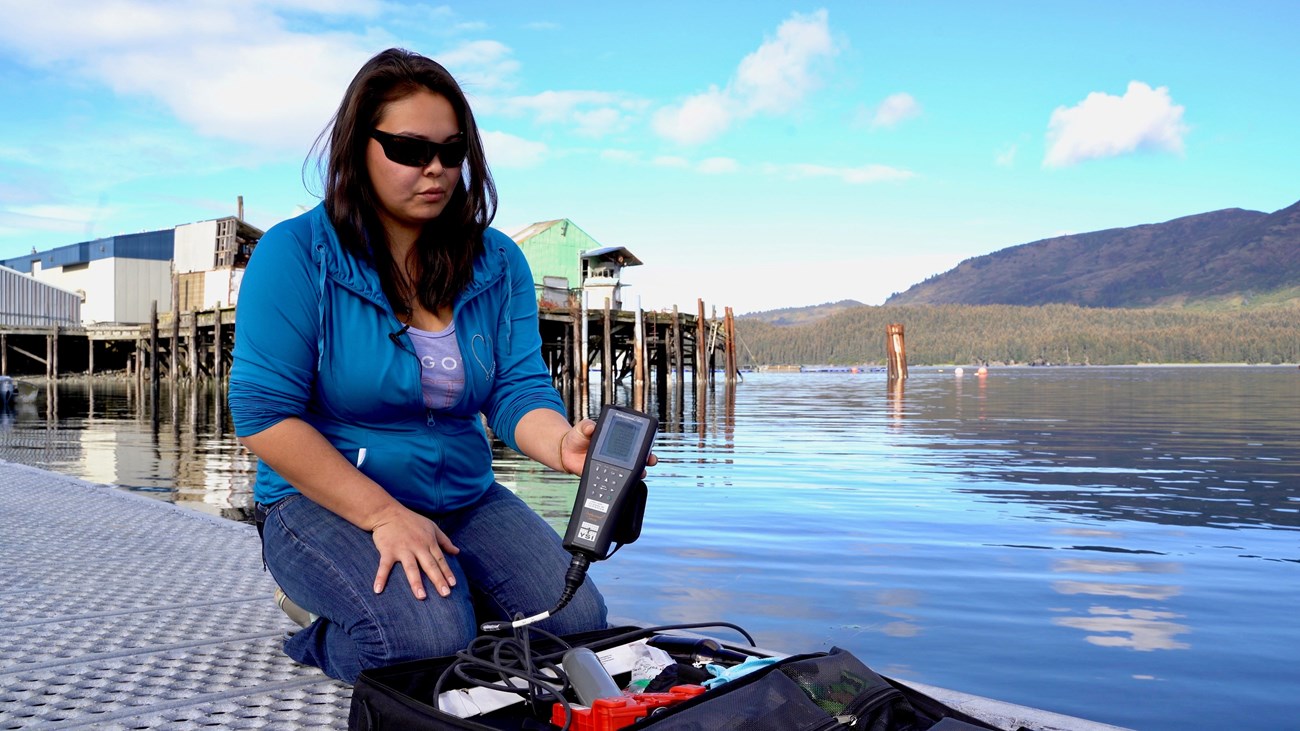
Photo courtesy of Chugach Regional Resources Commission
The Chugach Regional Resources Commission (CRRC) and its subsidiary, the Alutiiq Pride Marine Institute (APMI), conduct research and monitoring of HABS to empower village communities with up-to-date information about toxin levels in the marine environment. Community samplers in each of the seven Tribal communities collect plankton samples using tow nets regularly. These samples are then tested through microscopy and quantitative polymerase chain reactions to detect the harmful algae species and measure their abundance. Additionally, scientists at APMI also test shellfish directly. While not a regulatory agency, CRRC shares its findings with its service communities so Tribal members and subsistence users can make informed harvest decisions. Along with the immediate benefits of this crucial monitoring work, APMI’s data contributes to establishing a baseline understanding of oceanic conditions in the region, which will be critical for tracking future environmental changes.
Harmful algal blooms also have the potential to harm multiple layers of the connected coastal ecosystem - potentially affecting bird, marine mammal and human health in addition to shellfish. CRRC, as part of a collaborative effort Chugach Imaq, is also leading efforts to create a harvest management plan to benefit marine mammals. This will include harbor seal bio-sampling from regular subsistence harvests to better support the health and well-being of these animals - and the subsistence and cultural connections intertwined.
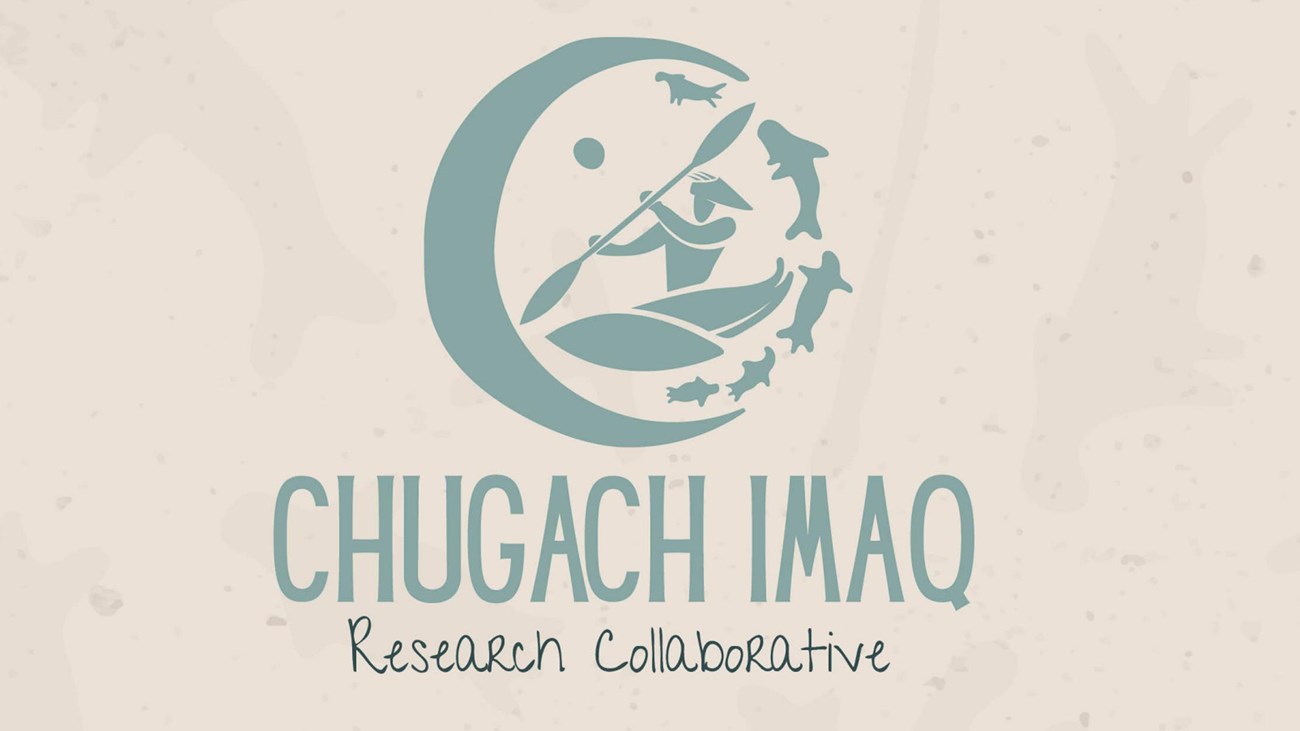
Learn about CRRC's marine mammal program, including Chugach Imaq - its effort for the benefit and conservation of marine mammals.
Addressing Ocean Acidification
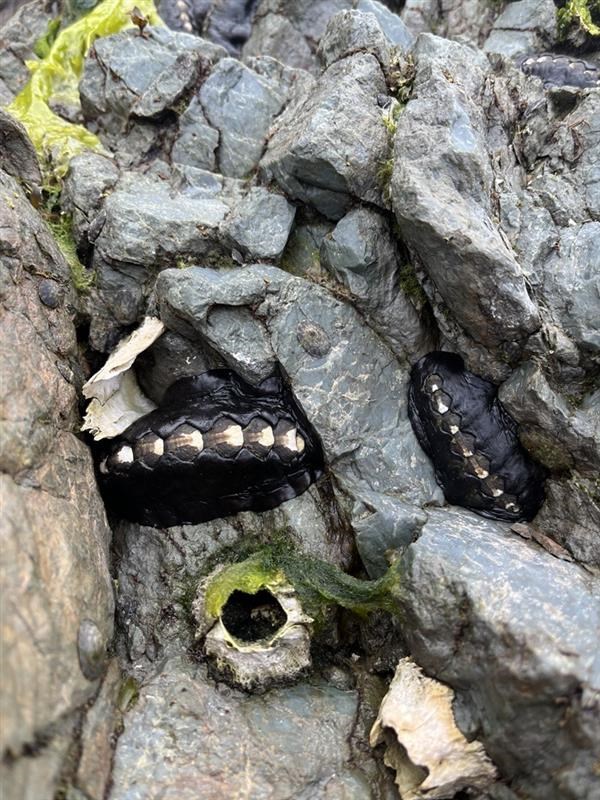
Photo courtesy of Chugach Regional Resources Commission
Sugpiaq communities in the region have found fewer and fewer shellfish available to be harvested for subsistence, a loss that has been felt deeply. One Elder, Simeon Kvasnikoff in Port Graham explained, “There used to be so much to eat from the ocean. You didn’t have to worry about getting them, they would be there” (Imam Cimiucia) Another community member from Port Graham, Walter Meganack Jr. noted of a specific shellfish species, “ I started noticing bidarki declines 10-15 years ago. Now you only see little ones.” Not only people recognizing bidarki decline, as Port Graham Elder, Dorothy Moonin shared in 2004, “The clams were so big, you only needed six to make a chowder. Now, you need a bucket because they are so small. You can still get them, but you have to work hard for them. You have to dig and dig and dig.”
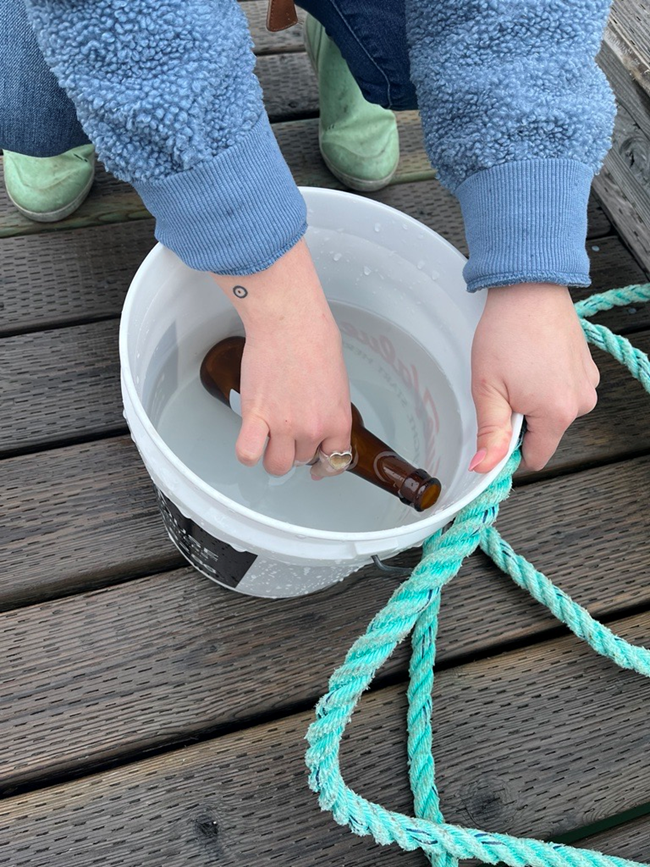
Photo courtesy of Chugach Regional Resources Commission
While the decline of shellfish species in the region is multifaceted and cannot be attributed to only one cause, ocean acidification is likely an important stressor to these critical food sources. To work on this challenge, the Alutiiq Pride Marine Institute (APMI) frequently analyzes samples from each of the seven villages in the region and other locations state-wide. Citizen scientists and environmental coordinators from the Tribes collect water samples, measuring their salinity and temperature at the time of collection, and send them back to APMI for further analysis. Once received, APMI scientists use a device called a Burke-o-Lator to measure ocean chemistry parameters that can help determine the pH level of seawater. The results, which vary by location, are shared with both local communities and the broader scientific community. This information is valuable, contributing to the understanding of long-term trends related to ocean chemistry.
As Michael Opheim, CRRC Tribal Fish & Wildlife Liaison, explains, “we’ve had more Elders say that this project is something that’s important to them because they want their grandchildren to be able to go out and harvest clams. We really want to make this sustainable and continue into the future so those younger generations have something to come back to and harvest.”
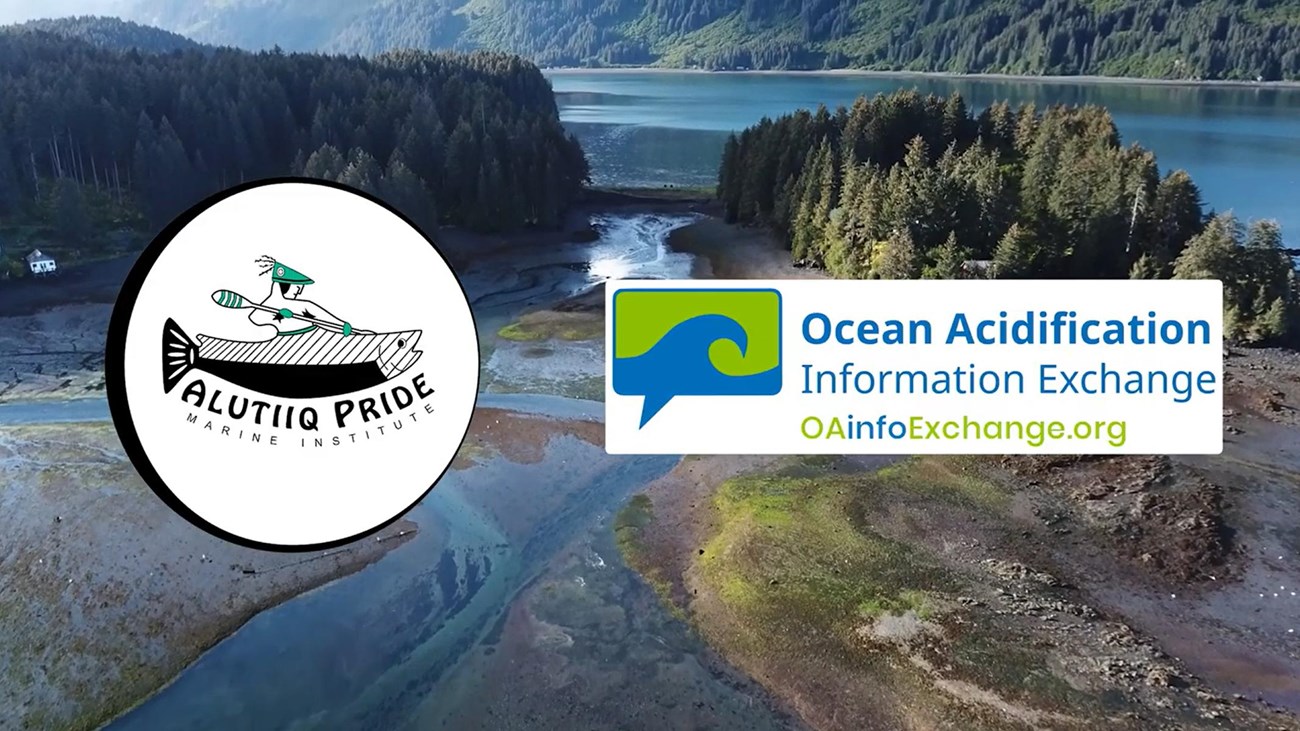
Learn about APMI and CRRC's ocean acidification program that is bridging the gap between western science and Southcentral AK communities.
Addressing Our Connection to Climate Change
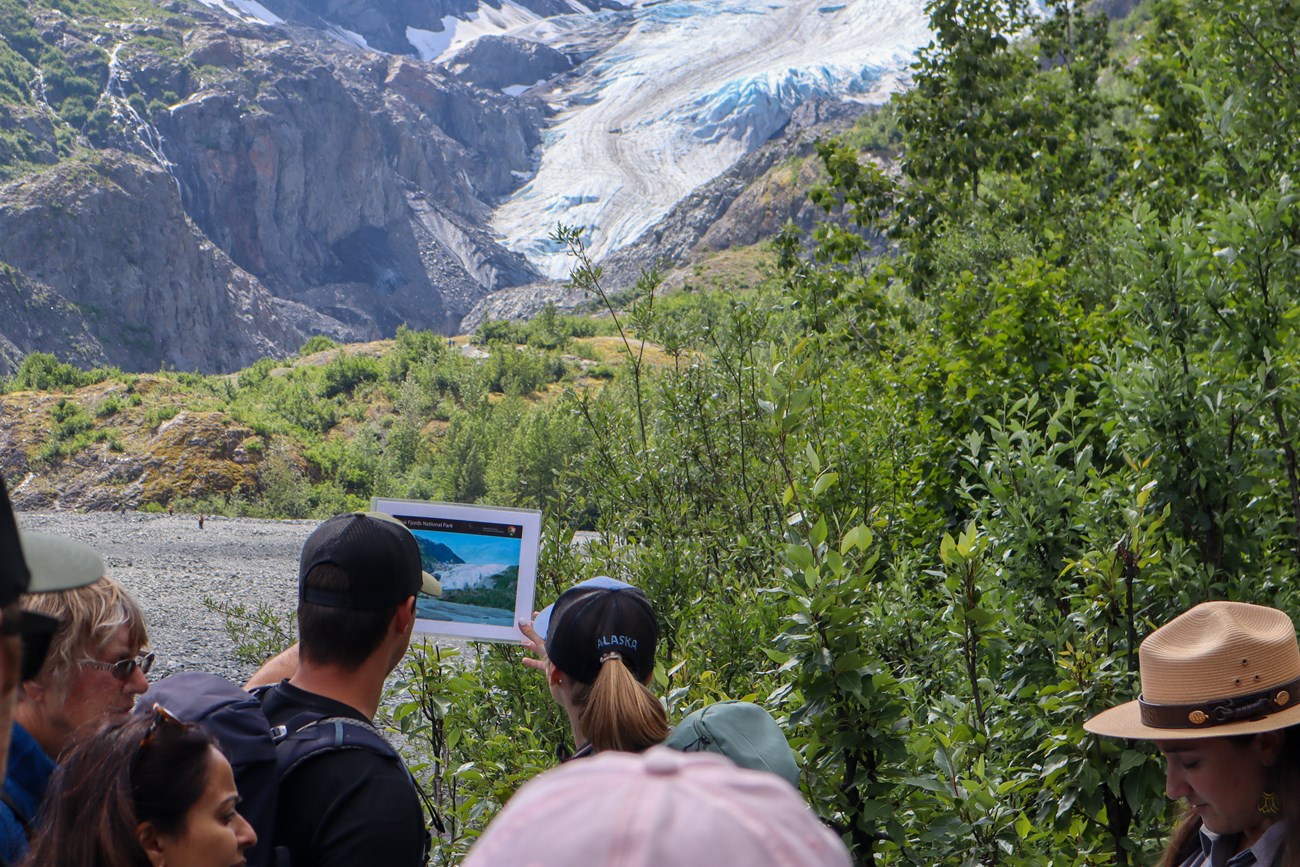
NPS Photo
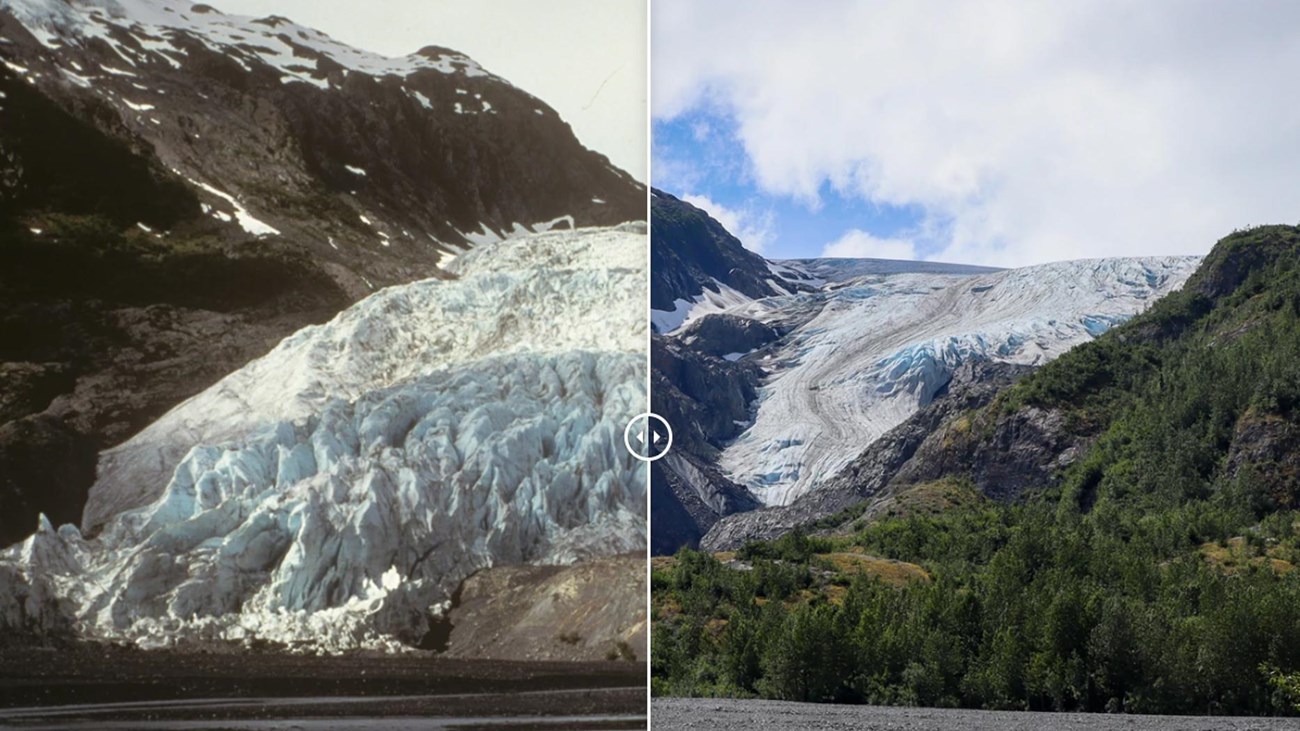
The effects of climate change are easily visible in Kenai Fjords National Park.
Contributing to a Way Forward
These efforts showcase community-driven collaborative projects and provide powerful examples of resilience. These projects not only strive to safeguard the regional ecosystem, they also empower local communities with tools to implement their generational knowledge in different ways. The partnership between Elders, traditional knowledge holders, scientists, and natural resource organizations is crucial when working toward a more environmentally sustainable and equitable future. Through collective action, education, and deep respect of Indigenous knowledge, we can work toward sustaining the health of the planet that has cared for our ancestors for generations.
Written by Ruby DiCarlo, National Park Service, in collaboration with Robin McKnight and Chugach Regional Resources Commission.
Keep Learning
Essential Context
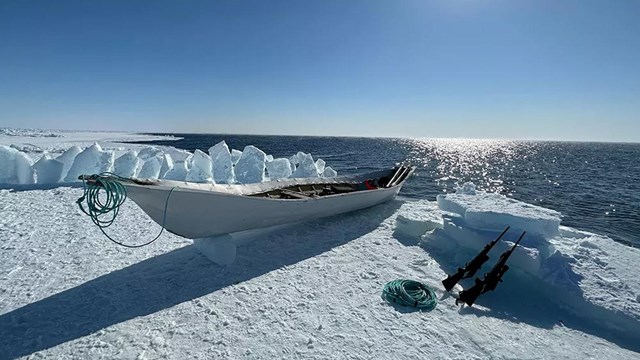
Indigenous Knowledge from all regions of Alaska can inform how best to adapt to change in the future.
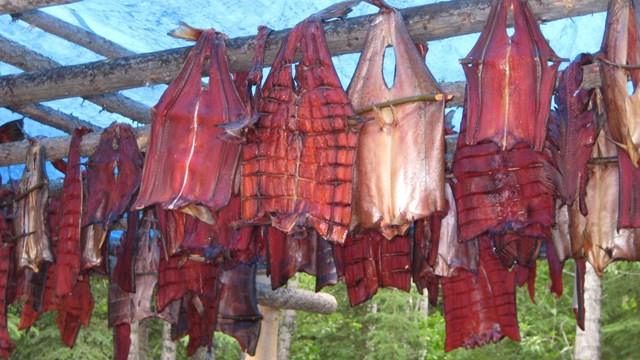
Subsistance is a Way of Life
Back to Kenai Fjords
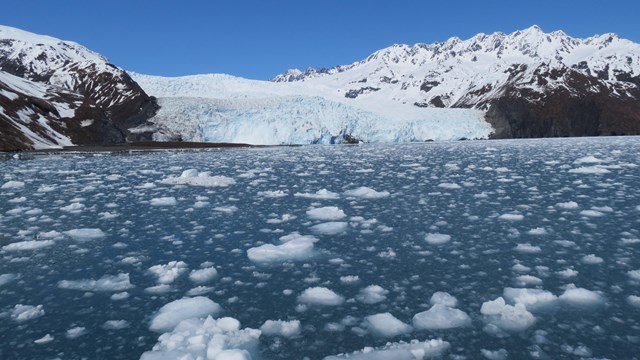
Where mountains, ice, and ocean meet.
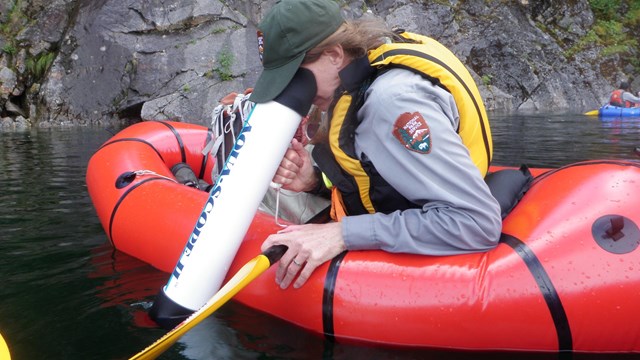
What are you curious about?
